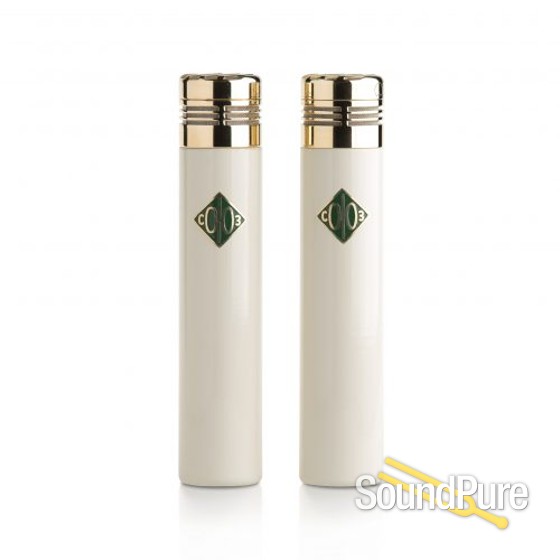Some of the most frequently asked questions here at the shop are “Where do I start?”, “How do I get into recording my guitar that I just purchased?”, or “Hey I’m getting into recording, where do I begin?”. An acoustic guitar is a really good place to start. There are a lot of principles that we’re going to work with that will carry over to anything you record.
We’re going to talk about recording acoustic guitar. The simplest way to go is to microphone with a small diaphragm condenser or a large diaphragm condenser, positioned where the neck meets the body. This is super simple, using a mono microphone. It’s going to get you a good sound. You want to move the microphone around until it sounds pleasing as it’s recorded. The position can be up and down, or it could be out, or could be a little bit closer. Perhaps start about 10 inches or a foot away, then change the angle a little bit. What you’re attempting to do here is finding the ideal sound. It’s going to depend on the guitar, the room, and the microphone.
If you’re seeking a big stereo image that has depth, then two microphones are the most common practice. The easiest is XY recording. What’s nice about XY is you’re not going to have to deal with phase alignment. Phase is when there’s a time (distance) difference between the recording source and two or more microphones that are placed at differing distances from the source. So, if one microphone is a foot away and one microphones two feet away, what you’re going to find is variance in treble and bass. It’s either missing or boosted, which will affect how the recording sounds. So, XY is really handy because there’s no phase, because of what’s called a “coincidental pair” A coincidental pair is when the mic capsules are essentially in the same place. So, for XY you’re at 90 degrees. You have one mic either on top of the other, one mic right next to each other. This is super simple, because it takes the guesswork completely out of the equation, and there are no issues with phasing.
So, similar placement of the microphone around the neck joint of the body, often at the 12th fret, that’s where the neck meets the body. You’re going to want to move the microphones a little bit closer to the sound hole, or you might leave it close to the neck, whichever sounds good to you. Again, move it a little further away, or move it a little closer, change the angle to get a good sound. The reason this is going to add depth to your recording, it will make it sound a little more natural or even a little bit more live. Essentially, in stereo, these two microphones, one pans left, one pans right, and that gives you your stereo image.
With that said, the XY is great, and super mono compatible no matter what you do in your mix. So, with dense mixes where you’re doing a rhythm guitar that’s going to be buried in the mix, XY can be great. If you’re recording as a singer-songwriter, have that microphone around the neck joint, which again allows you to always have something that’s mono compatible. Small diaphragm condensers, a ribbon microphone or a large diaphragm condenser can make the stereo image even bigger. Consider moving the mic around until the mic sounds really good or have a friend with you in the studio to assist in getting the guitar to project the way you want to capture the sound. Reminder, aiming at the sound hole, or aiming at the body, you’re going to get kind of a bigger deeper sound on this mic. With the XY. you’re going to get kind of a tighter, more detailed sound out of this mic, and when you pan them and blend them you’re going to get a big stereo image. Thanks for reading, and for more advanced techniques for recording acoustic guitar, please visit our YouTube channel.
Soyuz 013 FET Matched Pair of Small Diaphragm Condensers
In this installment of Sound Pure Gear Tips, Pro Audio Specialist Doug Wessling walks us through some basic acoustic guitar recording techniques.
Is there a topic that you would like to learn more about? Give us a call at (919) 682-5552, email us at proaudio(at)soundpure.com, or simply let us know in the comments!
Sound Pure is an instrument and pro audio shop specializing in high-end and boutique gear. Check out our gear demos, how to videos, and gear comparisons, and then reach out to our experts to help you make an informed purchase. We’re here to help you find the perfect gear for your needs.


